Tag: cardiac arrest
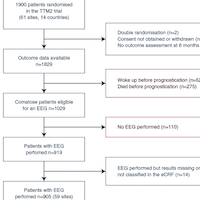
EEG Patterns for Predicting Poor Outcome After Cardiac Arrest
The specificity of the ERC-ESICM-recommended EEG patterns for predicting poor outcome after cardiac arrest exceeds 90% but is lower than in previous studies, suggesting that large-scale implementation may reduce their accuracy.... read more
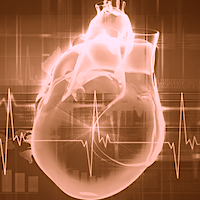
ECPR for Hypothermic Refractory Cardiac Arrests in Temperate Climates
Accidental hypothermia designates an unintentional drop in body temperature below 35 °C. There is a major risk of ventricular fibrillation below 28 °C and cardiac arrest is almost inevitable below 24 °C. In such cases,... read more
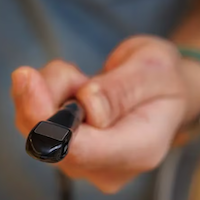
Rescue TEE Might Diagnose Cardiac Arrest Faster
A Penn Medicine team is testing whether a new technology that gives live ultrasound images from inside a patient during CPR can help doctors get those answers faster. The device, called Rescue TEE, uses a tiny camera at the... read more
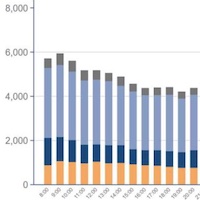
IHCA Variation Throughout the Day
We observed higher rates of hospital cardiac arrest (IHCA), and poorer outcomes at night. However, in those admitted to ICU, this variation was absent. This suggests patient factors and processes of care issues contribute... read more

Family Presence During Cardiac Arrest Resuscitation
This systematic review identified four key findings. Firstly, there was a lack of high-quality evidence on the impact of family presence during resuscitation on patient outcomes. Secondly, family members had varied... read more
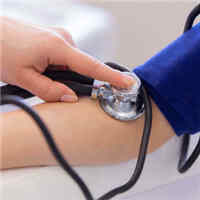
Blood-Pressure Targets in Comatose Survivors of Cardiac Arrest
Targeting a mean arterial blood pressure of 77 mm Hg or 63 mm Hg in patients who had been resuscitated from cardiac arrest did not result in significantly different percentages of patients dying or having severe disability... read more
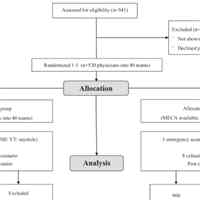
MECA in Medical Emergency Situations Significantly Reduced Failure Rates
In our simulation, the use of medical emergency cognitive aid (MECA) in medical emergency situations significantly reduced failure rates. The use of MECA was widely accepted, and MECA were easy to use. In a high percentage,... read more
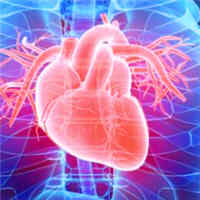
AI Predicts If And When Cardiac Arrest Will Happen
Sudden cardiac death from arrhythmia is a major cause of mortality worldwide. In this study, we developed a novel deep learning (DL) approach that blends neural networks and survival analysis to predict patient-specific survival... read more

Epinephrine vs. Norepinephrine in Cardiac Arrest Patients with Post-resuscitation Shock
Among patients with post-resuscitation shock after out-of-hospital cardiac arrest, use of epinephrine was associated with higher all-cause and cardiovascular-specific mortality, compared with norepinephrine infusion. Until... read more

Physiologically Difficult Airway Evaluation
Multiple international airway societies have created guidelines for the management of the difficult airway. In critically ill patients, there are physiologic derangements beyond inadequate airway protection or hypoxemia.... read more
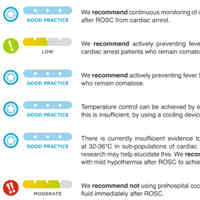
Guidelines on Temperature Control After Cardiac Arrest in Adults
The aim of these guidelines is to provide evidence‑based guidance for temperature control in adults who are coma‑tose after resuscitation from either in-hospital or out-of-hospital cardiac arrest, regardless of the underlying... read more

ERC-ESICM Guidelines on Temperature Control After Cardiac Arrest in Adults
The aim of these guidelines is to provide evidence‑based guidance for temperature control in adults who are comatose after resuscitation from either in-hospital or out-of-hospital cardiac arrest, regardless of the underlying... read more
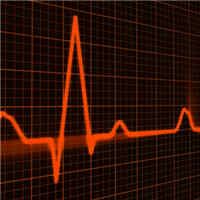
Change in Out-of-Hospital 12-lead ECG Diagnostic Classification in Patients Resuscitated From OHCA
Change in 12-lead ECG classification from OH to ED setting in patients resuscitated from out-of-hospital cardiac arrest (OHCA) was common (49%). The OH STEMI classification changed to a less ischemic (non-STEMI) ED classification... read more
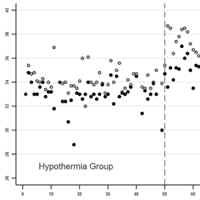
Hypothermia and Health-related Quality of Life Among Pediatric Cardiac Arrest Survivors
Out-of-hospital or in-hospital cardiac arrest treated with therapeutic hypothermia was associated with higher health-related quality of life scores despite having association with higher lactate and lower pH after resuscitation.... read more




